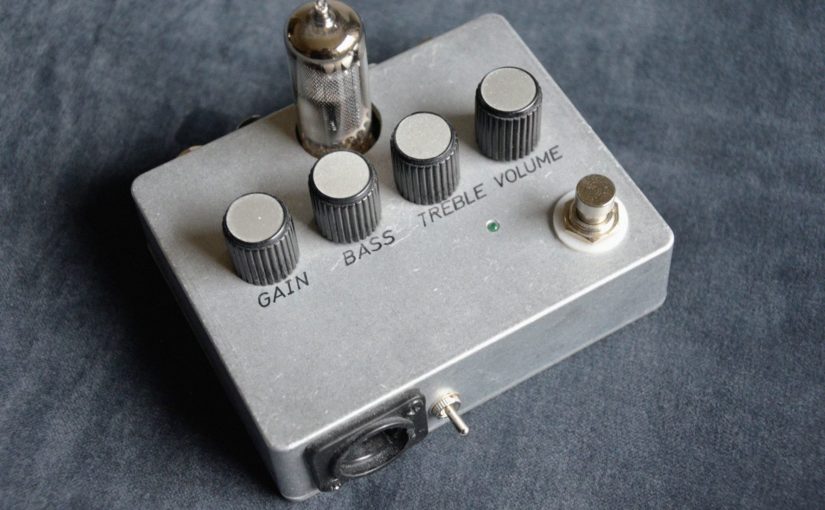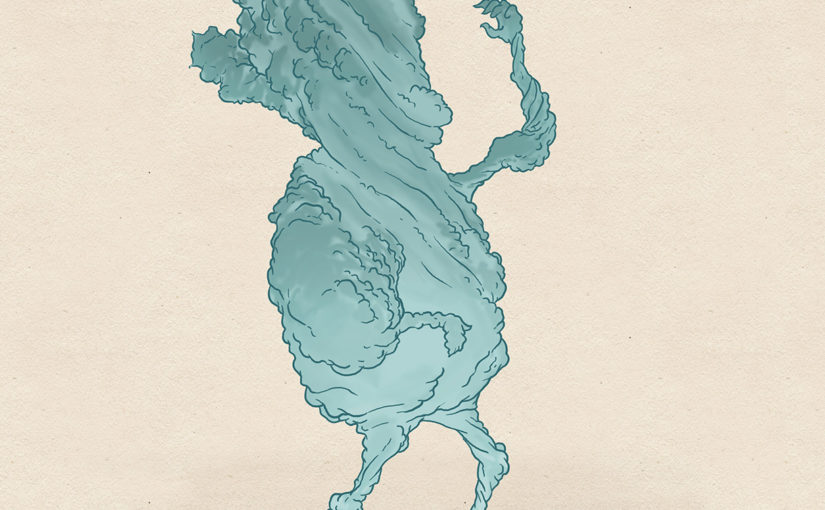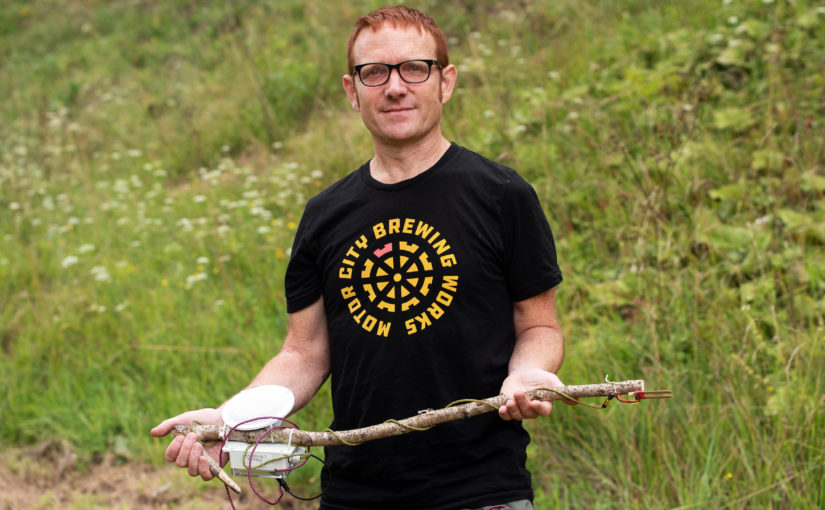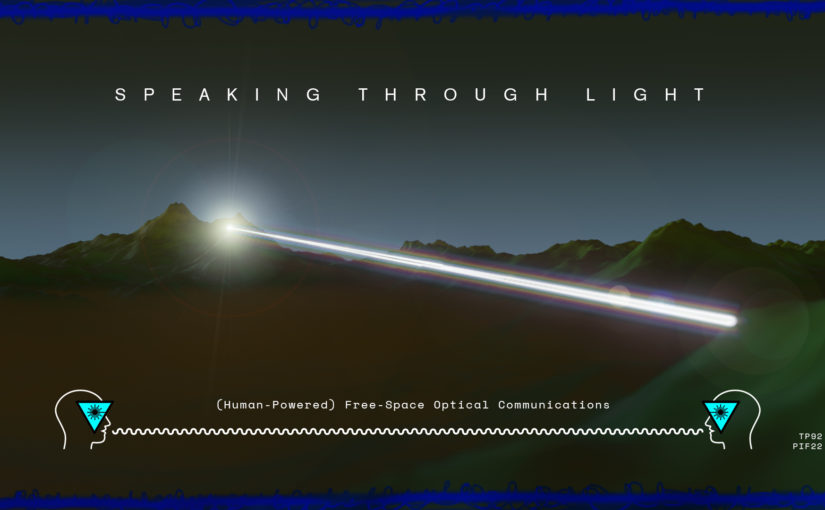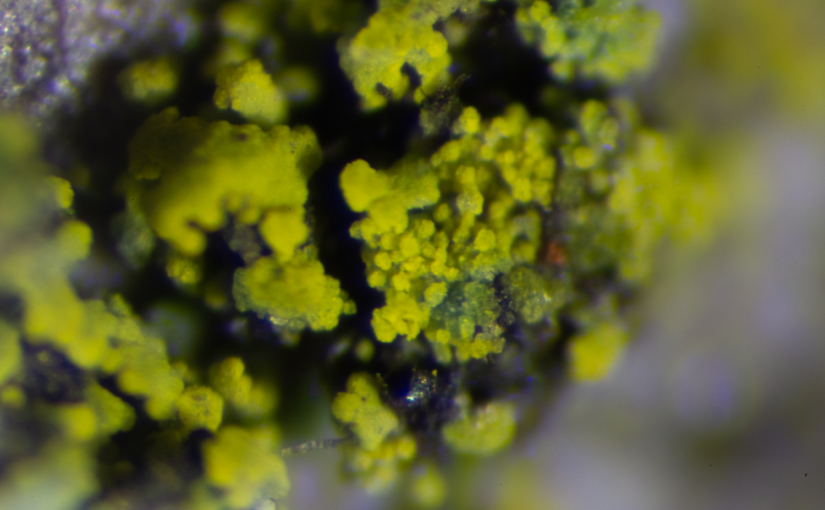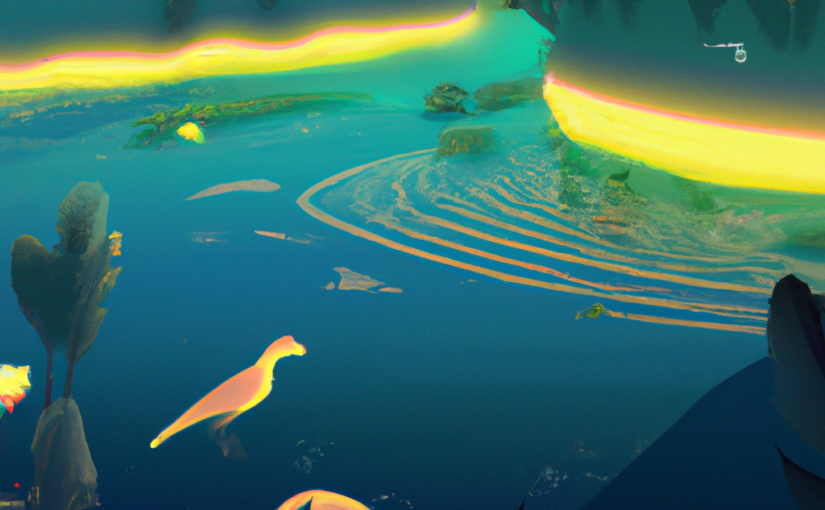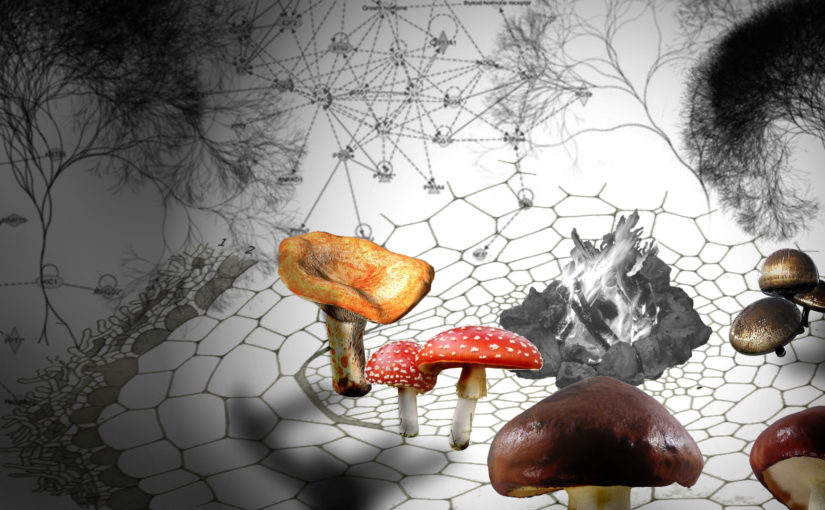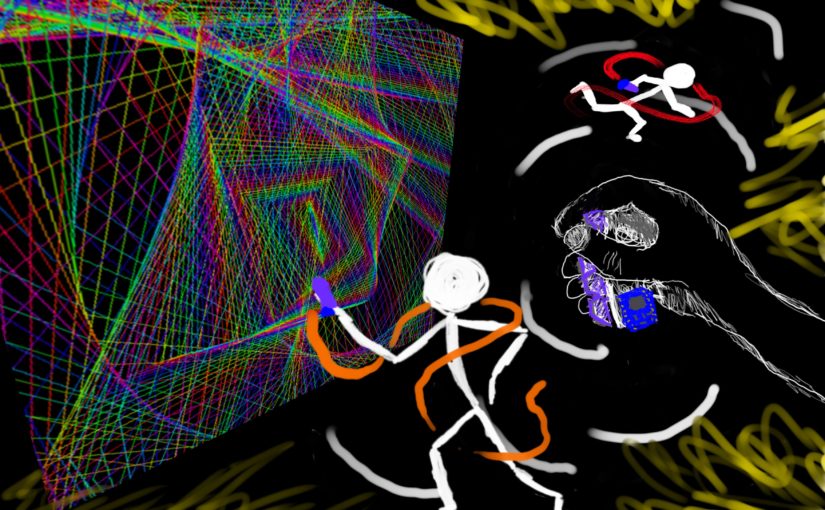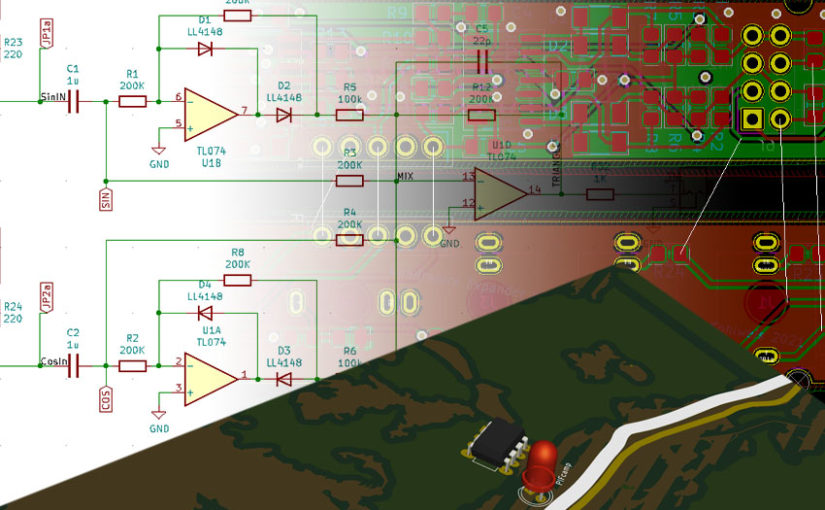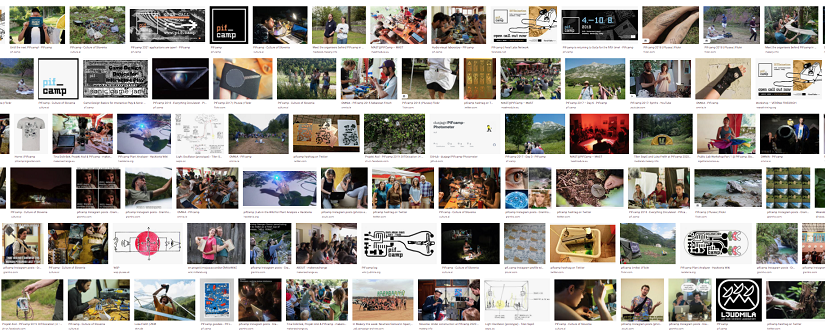The project aims to research, develop and implement techniques that will transcend the real natural world into the digital unnatural realm.
The idea is to use the new techniques and tools to digitize the cultural or natural heritage that is near Pif camp, Soča valley, river canyons, or some artifacts from the WWI Isonzo front. To use photogrammetry to scan the object of desire and bring it to a digital environment and use it in the metaverse.
The team:
Miha Godec graduated in 2014 from the Academy of Arts of the University of Nova Gorica and the Portuguese school ESAD (College of Art and Design). In addition to his photographic and artistic practices, he is also a lecturer for photography and virtual reality, while he independently conducts regular educational, scientific, and artistic workshops. In his artistic practice Godec, who works at the intersection of art, science, and new technologies, focuses on the development of new media projects, in which he researches the consequences of anthropogenic impact on aquatic ecosystems, experimenting with water acquisition, purification and researching the sonification properties of water.
Gabriela Filipović studied physics and mathematics at the Faculty of natural sciences and mathematics in Maribor. Besides other diverse side-jobs, she worked as a freelance translator and tutor, as a sound technician, music arranger and DJ. Her work experiences include areas like project management in a company for manufacturing hydraulic lifting solutions and manual testing of mobile applications. In collaboration with KID KIBLA / KIBLA2LAB she is currently active in the field of cultural heritage preservation, specifically LIDAR scanning of objects.
Žiga Pavlovič (Ljubljana, 1987) is a programmer, maker, and promoter of new technologies. He studied in Maribor, Graz and the city of Tampere in Finland and still takes most of his knowledge away from online workshops. Most of his work is in the field of virtual, augmented and mixed reality, and since 2019 also in the field of interactive installations, in collaboration with the artist Valerie Wolf Gang. He already collaborated with KID Kibla in 2016 on the preparation of an AR-enriched book, and since 2020 he has been working with them again as a creative technologist and teacher in the media laboratory Kibla2LAB in the network of research centres of arts and culture – RUK and the digital heritage incubator in the E-DURI project.
